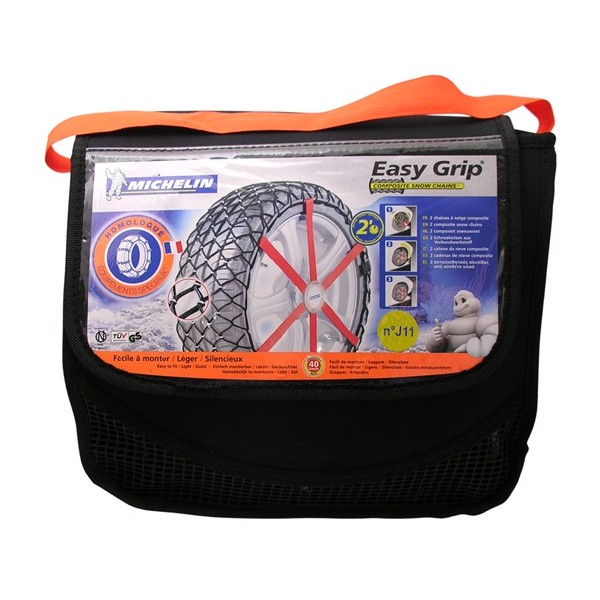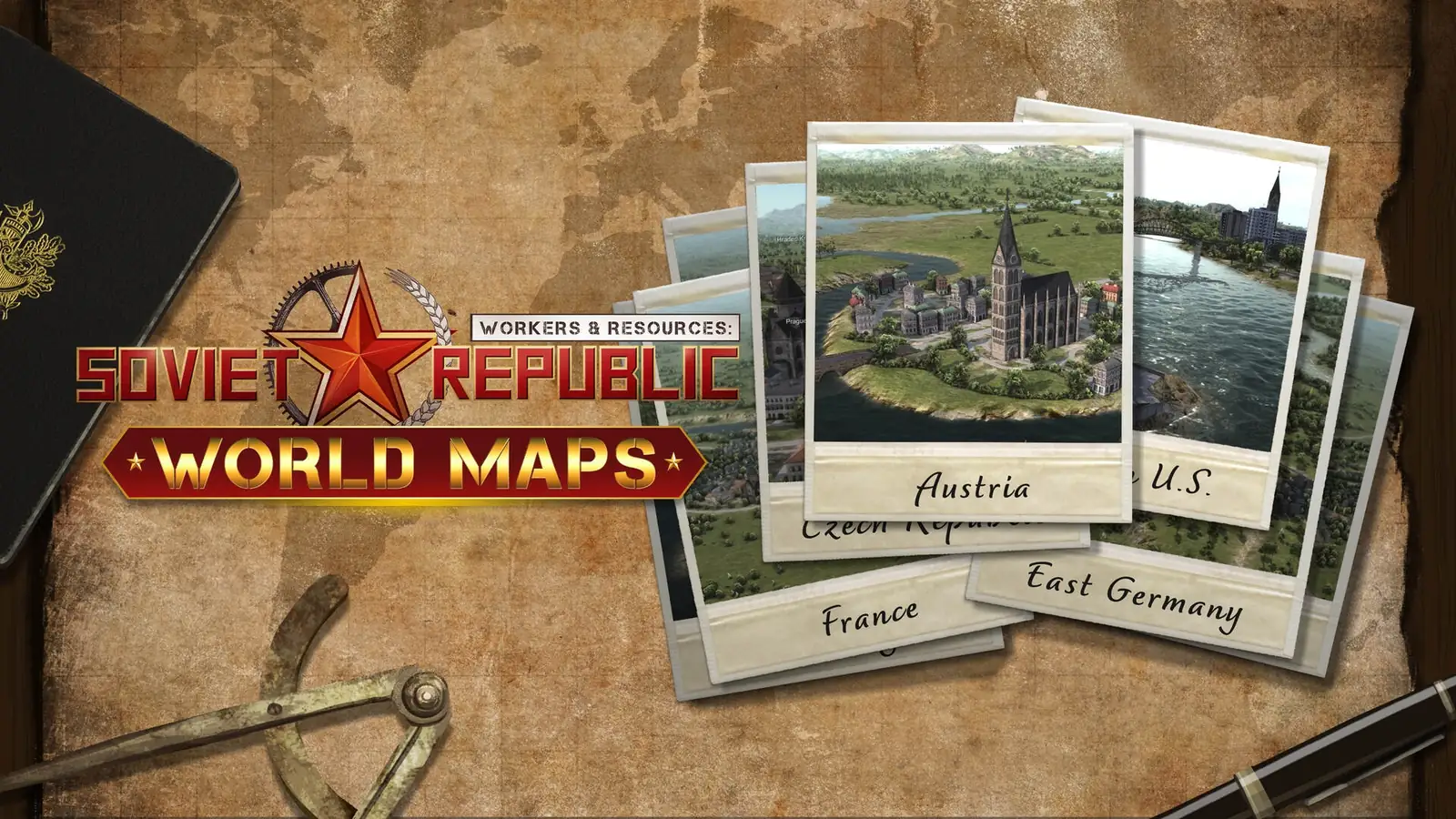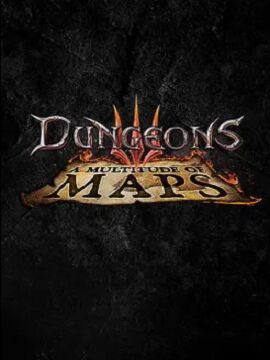
Brand
- M&S Collection 35.684
- Iscar 34.482
- Sandvik Coromant 28.944
- Mascot 26.781
- Routledge 23.605
- Fruit Of The Loom 23.186
- Portwest 20.266
- Slingsby 17.041
- MTP Products 14.728
- Maroxe 14.072
- Gemini Interiors 13.311
- Vargus 13.311
- Festo 12.112
- Rhodes + Scholes 10.829
- Ergomat 10.458
- BOSS 10.439
- EUROKRAFTpro 9.944
- Sealey 9.693
- Moon Magic 9.592
- Nike 9.158
- Blaklader 8.765
- Air Jordan 8.123
- TopVue 8.098
- Alcon 7.515
- Carpe Diem Beds 7.327
- Sid & Sam 7.230
- CooperVision 7.208
- Style and Chic 7.106
- Merkel Designers 6.946
- KENZO KIDS 6.746
- Tyrell & Tyrell 6.680
- Unbeatable Bargains 6.661
- The Home Maker 6.539
- Dams 6.337
- All Things Good 6.313
- ECCO 6.246
- Casper Homes 6.188
- Millennium Furniture 6.184
- Russell 6.124
- Discount Dealers 6.093
- R and M Furniture 6.088
- Kennedy 6.008
- Direct Imports 6.006
- Merlin Deals 5.963
- TIMCO 5.804
- Life Essentials 5.740
- Prestigious Textiles 5.652
- CRC Press 5.600
- Decor Base 5.561
- Brittle & Co 5.541
- Design Hut 5.506
- 3M 5.414
- C&P 5.206
- Silent Gliss 5.176
- Zoro Select 5.151
- SHINEANDGLORY 5.037
- Neo 4.905
- Watco 4.831
- Ace & K 4.824
- Velux 4.788
- Callaway 4.758
- Steam 4.637
- Lyle & Scott 4.617
- Charlotte Dunes 4.613
- Nobody's Child 4.561
- Dunlop 4.348
- Savings Store 4.292
- adidas 4.270
- Sia Abrasives 4.042
- Roladex 4.039
- RS PRO 4.016
- Bausch & Lomb 3.991
- Haynes Manuals UK 3.991
- Shire 3.959
- Netlighting 3.848
- Autograph 3.829
- YouGarden 3.783
- Timberland 3.763
- BILLIEBLUSH 3.716
- Ping 3.674
- ORN 3.651
- Liverpool FC 3.590
- Gildan 3.579
- Nomination 3.567
- Microchip 3.561
- Thermo Scientific 3.550
- Outsunny 3.533
- B&C 3.492
- Lighthouse 3.466
- White Stuff 3.412
- Vale 3.289
- Galvin and Galloway 3.259
- Dormer 3.255
- Puckator 3.229
- FootJoy 3.209
- Carl Roth 3.191
- Genware 3.132
- METALMATE 3.056
- KARL LAGERFELD KIDS 3.040
- Matlock 2.966
Colour
- Black 113.317
- White 60.198
- Blue 39.769
- Grey 26.987
- Green 23.506
- Red 21.294
- Brown 20.014
- Navy 15.473
- Pink 15.042
- Yellow 14.309
Size
- XL 24.059
- S 17.422
- 2XL 17.026
- M 16.286
- L 15.612
- Medium 13.112
- Large 12.942
- Small 12.415
- 3XL 11.757
- XS 9.714
Gender
Merchant
- Zoro UK Limited 709.636
- Home Done 148.906
- Marks & Spencer UK 94.580
- RS Components UK 64.477
- Alensa.co.uk 50.395
- Kids around 45.522
- Maroxe 35.224
- Routledge 32.548
- AndLight.co.uk 30.951
- Your Stylish Home 27.996
- Kick Game 27.974
- Workwear Supermarket 27.706
- MyTrendyPhone.co.uk 26.536
- Glisshop uk 25.026
- K4G.COM 19.262
- Golf Gear Direct 14.457
- Click Golf 14.303
- QD Stores 14.115
- Belveto 13.535
- Acorn Fire & Security 11.428
- Seal Medical 9.914
- Moon Magic 9.592
- Suit Direct 9.419
- My-Deco-Shop 9.025
- Lime Lace 8.635
- Plusshop UK [OLD] 7.700
- Cowling & Wilcox 7.575
- carpediembeds.co.uk 7.327
- Selfmade.com 7.049
- Building Plastics Online 6.800
- gb.ecco.com 6.644
- Craigmore UK 6.485
- Grace & Co Jewellery 6.447
- Cherry Lane 6.356
- Erysta 5.898
- shineandglory.com 5.037
- Argento 4.670
- Haynes.com UK 4.618
- Lyle & Scott 4.546
- Mobility Smart 4.508
- Home Living Luxury 4.430
- Bathshack.com 4.339
- Wrong Weather 4.080
- Car Smart 4.029
- Nobody's Child - Cabiro 3.912
- Posted Protein 3.900
- uk.plusshop.com 3.849
- YouGarden 3.783
- LuisaViaRoma.com 3.632
- Liverpool FC 3.590
Price (EUR)
- <5 133.570
- 5 - 10 90.053
- 10 - 20 150.261
- 20 - 50 343.843
- 50 - 100 315.089
- 100 - 200 277.797
- 200 - 500 216.215
- >500 213.911






















